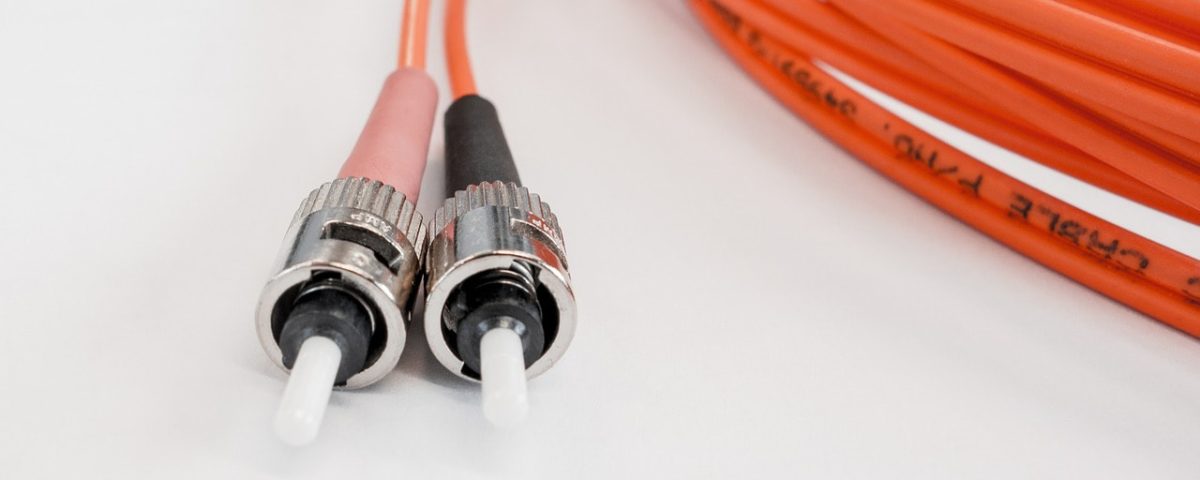Optical Fiber Communication is among the Elective III subjects for BE Computer and Electronics & Communication of IOE. Course Details: Lecture : 3 Year: IV, Tutorial: 1 Part: II, Practical: 1.5, Course Code: X 765 01. The following syllabus is according to the latest update of IOE Syllabus. Teaching hours of each topic is indicated inside brackets ( ).
- Introduction to Optical Fiber Communication (2 hours)
- Evolution of optical fiber communication
- Optical fiber communication system
- Advantage of optical fiber communication
- Applications of optical fiber communication
- Light Transmission in Optical Fiber (2 hours)
- Introduction of optical fiber structure
- Total internal reflection
- Acceptance angle
- Numerical aperture
- Meridional and skew rays in optical wave guide
- Electromagnetic Theory for Optical Propagation (2 hours)
- Review of Maxwell’s equation
- The wave equation for slab waveguide
- Wave equation for cylindrical waveguide
- Mode Propagation in Optical Waveguide (3 hours)
- Modes in a planar optical guide
- Phase and group velocity
- Evanescent field
- Modes in cylindrical optical waveguide
- Mode coupling
- Optical Fibers (5 hours)
- Introduction and types
- Modes in multimode fibers: step index and graded index
- Modes in step index and graded index single mode fiber
- Cutoff wavelength, mode-field diameter and spot size
- Transmission properties of optical fiber
- Fiber attenuation
- Fiber bend loss
- Fiber dispersion
- Optical Source for Optical Fiber Communication (4 hours)
- Introduction, types and requirements
- Light emitting diode (LED)
- Laser diode (LD)
- Properties of optical sources
- Optical Detectors (4 hours)
- Introduction
- Semiconductor photodiode
- PIN photodiode
- Avalanche photodiode
- Comparison of different photodiodes
- Properties of photodiodes
- Optical Modulation (3 hours)
- Introduction and types
- Analog modulation
- Digital modulation
- Connectors and Couplers (6 hours)
- Introduction to optical connections
- Optical fiber connectors: Principle and types
- Characteristic losses in connectors
- Optical fiber splices: Principle and types
- Comparison of different types of splices
- Comparison between splice and connector
- Introduction to optical couplers and their types
- Fused biconical taper (bus) coupler
- Fused star coupler
- Characteristic properties of optical couplers
- Fully bidirectional four port optical coupler
- Asymmetrical bidirectional three port optical coupler (ABC)
- Comparison between four port full bidirectional coupler made with traditional three port coupler and ABC
- Fiber Amplifiers and Integrated Optics (4 hours)
- Introduction
- Rare earth doped fiber amplifier
- Raman and Brillouin fiber amplifier
- Integrated optics
- Optical switch
- Optical Fiber Network (10 hours)
- Introduction to analog and digital fiber optic transmission
- Optical fiber local area networks
- Design of passive digital fiber optic networks
Practical:
- Familiarization with optical fiber laboratory, safety and precaution. Demonstration of the concept of light propagation in optical waveguide with the help of polymer rod and water spout
- Determination of fiber numerical aperture and fiber attenuation
- Plotting a power-current characteristic for LED
- Determination of different optical fiber connector losses
- Determination of coupling efficiency/loss from source to fiber, fiber to fiber, and fiber to photodetector
- Digital optical transmission.
References:
- John M. Senior, “Optical Fiber Communications – Principles and Practice”, Second edition, Prentice Hall, 1992.
- William B. Jones. Jr. “Introduction to Optical Fiber Communication Systems”, Holt, Rinheart and Winston, Inc. 1988.
- Gerd Keiser, “Optical Fiber Communication”, Second edition, McGraw Hill, Inc. 1991.
- Roshan Raj Karmacharya, “Passive Optical Fiber LAN Design”. M.Sc. Thesis, University of Calgary, Canada, 1994.
Evaluation Scheme:
The questions will cover all the chapters of the syllabus. The evaluation scheme will be as indicated in the table below:
| Chapters | Hours | Marks Distribution* |
| 1 | 2 | 4 |
| 2 | 2 | 4 |
| 3 | 2 | 4 |
| 4 | 3 | 5 |
| 5 | 5 | 9 |
| 6 | 4 | 7 |
| 7 | 4 | 7 |
| 8 | 3 | 5 |
| 9 | 6 | 11 |
| 10 | 4 | 7 |
| 11 | 10 | 17 |
| Total | 45 | 80 |
*There could be a minor deviation in Marks distribution


